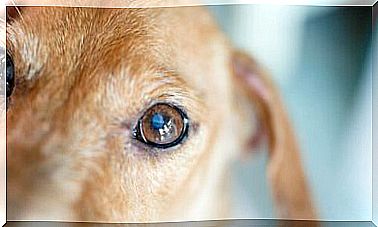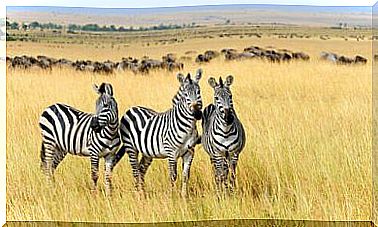Adopt A Penguin, Against Extinction
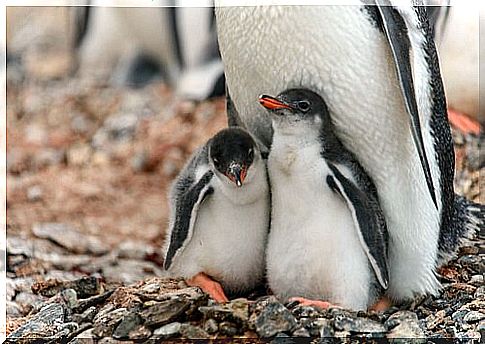
We often hear of endangered animals. Unfortunately, the vast majority of people think they are marginal, unimportant or even dangerous specimens . As if it were not a problem for our ecosystem to lose “a few pieces” along the way. On the other hand, man is concerned only with himself.
Of all living beings, penguins are certainly among the most popular, friendly and loved ones. Also thanks to the fact that several animated films and cartoons have been produced, with these cute seabirds as protagonists. Unfortunately, these animals may soon disappear. In this regard, the WWF has launched a campaign that will allow you, too, to adopt a penguin.
Why adopt a penguin?
This beautiful initiative goes hand in hand with the celebration of the “Penguin Awareness Day” which is celebrated every year on January 20th. By simply clicking on the WWF website you can proceed with the long distance adoption and guarantee your support for a species that continues to fight for its survival.
But why should you adopt a penguin? Is the situation really that bad? There are currently at least 4 endangered species of penguins. Let’s see together what they are.
Endangered penguin species
Emperor Penguin
The emperor penguin ( Aptenodytes forsteri ) resides in the heart of Antarctica. Currently there are 54 colonies of this family but, due to global warming, these animals have long been forced to move with a certain frequency. Each year they look for new places to hunt and breed. What is even more serious is the study in the journal Biological Conservation that this animal is destined to disappear forever in 2100.
We are talking about a truly magnificent animal, capable of diving up to 500 meters below sea level and resisting, without air, but for over 20 minutes. That’s right: the largest of the penguins, which can weigh 50 kg and be 120 cm tall, will see its population decrease drastically from 2046, until it leaves this planet forever.
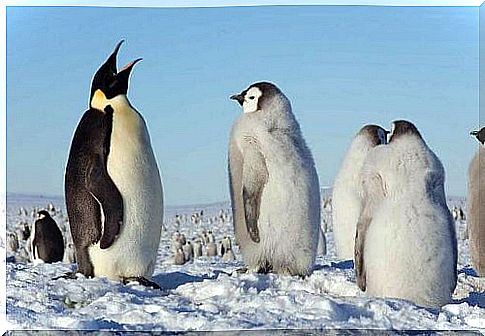
Adélie pygoscelid
The Adélie penguin (Pygoscelis adeliae) is a very common penguin in Antarctica, but of very small size. These animals build their nests using stones and live on floating icebergs.
A study carried out by researchers from the University of Delaware, with the collaboration of Stony Brook University and the US federal agency NOAA (National Oceanic and Atmospheric Administration) have established that the Adélie penguin population is likely to shrink by 30% by 2060 and 60% by 2099, again due to the effects of global warming.
Fortunately, however, it seems, in December 2015 NASA published some photos relating to an Antarctic island, called Danger Island, on which thousands of specimens of this species have mysteriously appeared. However, this must not let our guard down and the emergency certainly remains.
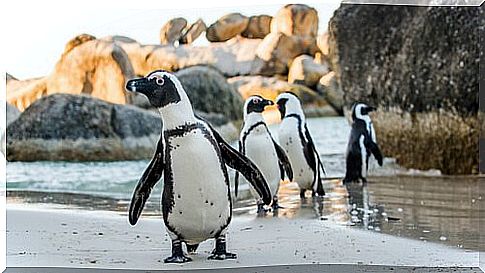
African penguin
The habitat of the African penguin (Spheniscus demersus) affects the coasts of South Africa and some islands of Namibia. Compared to their Antarctic cousins, these animals are sedentary and do not migrate, neither to reproduce and lay eggs nor to hunt. They build nests among shrubs, rocks and using their guano.
A study published in Current Biology and carried out by the universities of Exeter (England) and Cape Town (South Africa) reveals that, currently, only 80,000 African penguin specimens remain alive. A rapid decline occurred especially in the last twenty years, justified by the intensive fishing which has considerably reduced its main source of food.
Yellow-eyed Penguin
The yellow-eyed penguin (Megadyptes antipodes) lives only in New Zealand and is probably the most endangered species among those described so far. From a physical point of view, this beautiful animal can measure 65 cm in height and weigh around 6 kilograms. It feeds on herring, cod and squid. Its peculiarity lies in having flesh-colored legs and beak.
Recently, zoologists from the University of Otago, in New Zealand, said that this living being could disappear permanently in 2060. It is therefore one of the rarest penguins in the world today. The causes of its possible extinction? Rising temperatures, habitat destruction and the introduction of predators by humans.
As you have seen, adopting a penguin is really worth it . These beautiful animals could cease to exist on our planet in a few decades. It is just a matter of making a contribution so that future generations can continue to fight for the protection of the earth’s ecosystem.
